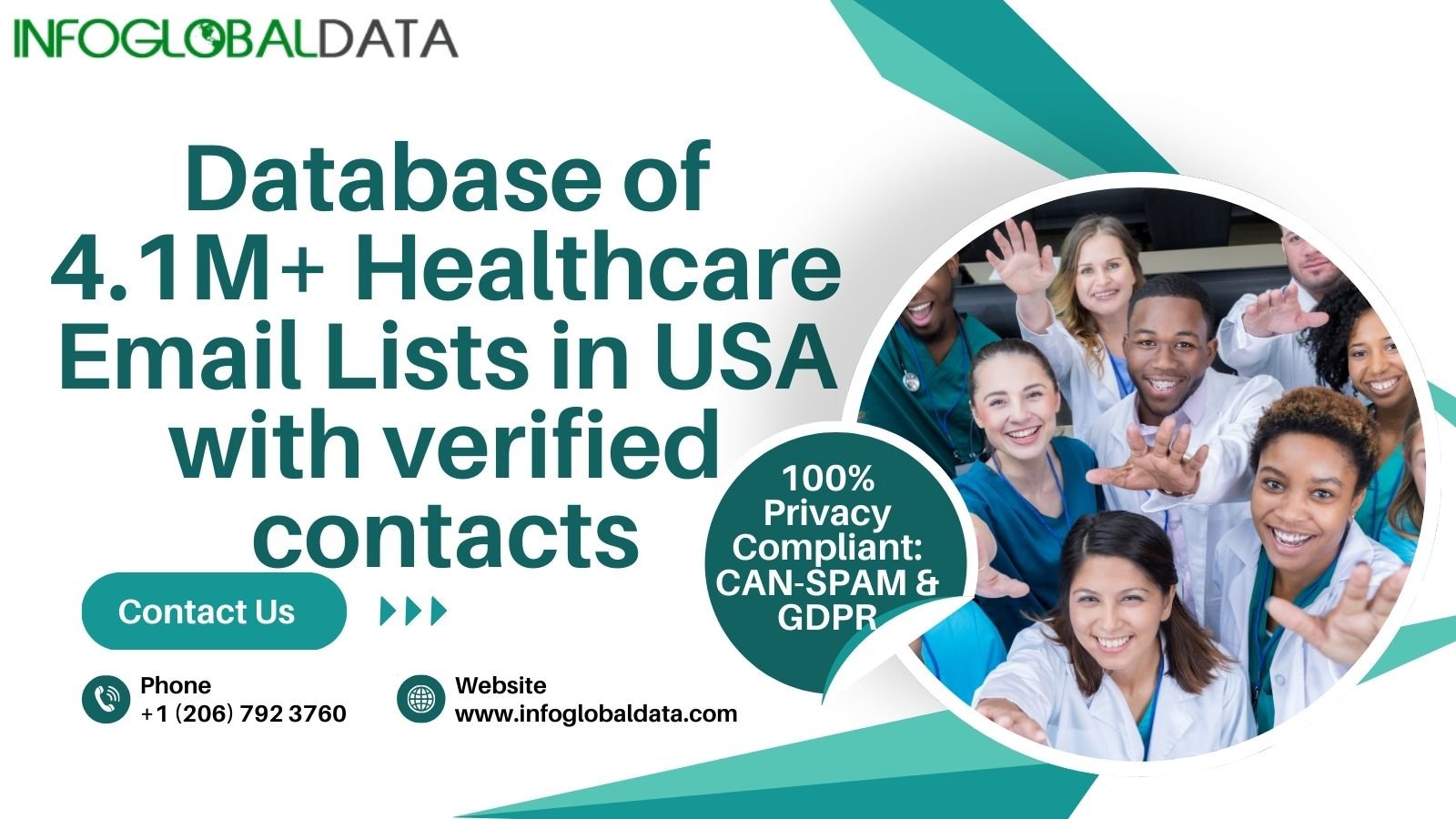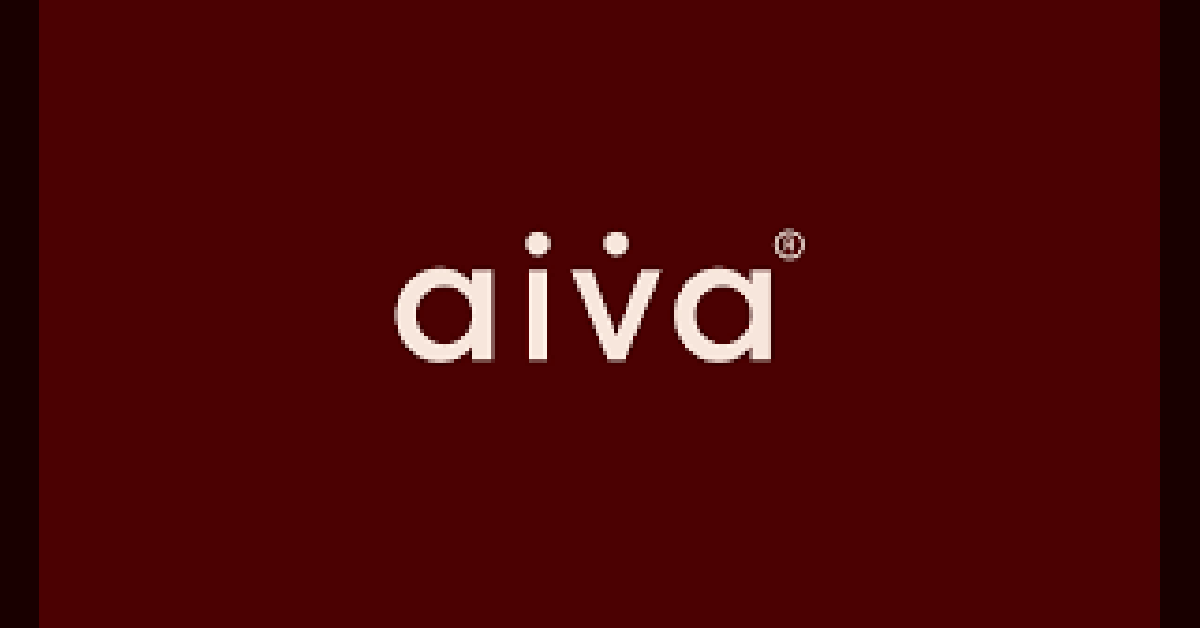In today’s healthcare system, home-based care is growing rapidly. From follow-up visits to chronic disease management, many services are now delivered at patients’ homes. To make sure these visits are billed correctly, medical billers must understand Place of Service (POS) 12 — the code that represents “Home” on insurance claims.
Let’s explore why this code matters, when to use it, and how accurate POS coding supports smooth reimbursement and compliance.
🔍 What Does POS-12 Mean?
POS 12 = Home
This means the medical service was provided at the patient’s residence — not at a clinic, hospital, or assisted living facility. It applies whether it’s a physician, nurse, or therapist visiting the patient.
For example:
A nurse visits a patient’s home for post-surgery wound care.
→ Correct POS: 12 (Home)
If the same service was done in a clinic, it would be POS 11 (Office) instead.
💡 Why Correct POS Coding Matters
Using the correct POS code ensures:
✅ Proper reimbursement — Insurance companies pay different rates based on where the service occurred.
✅ Regulatory compliance — Incorrect POS codes can trigger audits or claim rejections.
✅ Accurate reporting — Helps maintain transparent healthcare data for future reference.
Even a small coding error can delay payments or lead to revenue loss — making accuracy essential in every claim submission.
📋 Common POS 12 Mistakes to Avoid
- ❌ Billing POS 12 when the service happened at a clinic or rehab center.
- ❌ Using POS 12 for telehealth sessions — these often require POS 02 or 10, depending on payer rules.
- ❌ Failing to document the home address or reason for home service in patient records.
- ❌ Ignoring payer-specific guidelines (some carriers have unique documentation needs).
⚙️ Best Practices for Using POS Twelve
- Verify patient location before claim submission.
- Train staff to identify correct POS codes for home visits.
- Document thoroughly — include date, time, home address, and service reason.
- Review payer policies — Medicare and private insurers may have slight variations.
- Audit regularly to catch recurring POS coding issues early.
🧠 Quick Example
| Scenario | Correct POS | Explanation |
|---|---|---|
| Physician visit at patient’s home | 12 (Home) | Service rendered at patient’s residence |
| Telehealth session from home | 10 (Telehealth – Home) | Virtual, not in-person |
| Visit at assisted living facility | 13 (Assisted Living Facility) | Not considered “home” |
🧾 Understanding the Role of Documentation with POS 12
Proper documentation is the foundation of successful claim approval when using POS 12. Billers and providers must clearly record why the service was performed at home, include the patient’s complete residential address, and specify the care provided. This ensures transparency and supports the claim in case of payer audits. A detailed visit note not only proves medical necessity but also shows compliance with payer guidelines — something insurers value highly during reimbursement review.
💬 How POS 12 Impacts Patient Care Experience
Accurate use of POS Twelve also enhances patient care. When a provider correctly codes a home visit, it reflects genuine patient-centered service — recognizing the need for personalized, in-home treatment. Home visits help elderly patients, those with chronic conditions, or mobility limitations receive medical care comfortably and safely. By coding POS 12 correctly, healthcare providers indirectly contribute to better continuity of care and improved patient satisfaction.
💼 POS-12 and Its Relationship with Telehealth Codes
Since the rise of virtual care, many providers confuse home visit codes with telehealth POS codes. While POS 12 represents in-person care at the patient’s residence, POS 02 and POS 10 are reserved for telehealth sessions, depending on whether the patient connects from home or another location. Misusing these codes can cause claim rejections or payment discrepancies. Always verify payer-specific telehealth guidelines to prevent confusion between virtual and in-home billing.
⚖️ Compliance and Legal Importance of POS Accuracy
Billing compliance is a key area where POS 12 plays a role. Submitting incorrect codes can lead to audit flags, compliance issues, or even legal complications under healthcare regulations. The Office of Inspector General (OIG) closely monitors claims for potential misuse of place-of-service codes. By consistently applying POS 12 only to genuine in-home visits, healthcare organizations maintain their integrity and safeguard against unnecessary scrutiny.
🧠 Partnering with Experts to Simplify POS-12 Billing
Managing POS 12 claims can be time-consuming for small and mid-sized practices. Outsourcing your billing to a specialized team like The Medicators helps minimize errors, track payer-specific requirements, and ensure every home-visit claim is coded and processed accurately. With expert support, practices can focus on patient care while maintaining a stronger, denial-free revenue cycle.
🚀 The Medicators Tip
Accurate POS coding is more than compliance — it’s a revenue protection strategy. Using POS 12 correctly ensures faster reimbursements and fewer denials.
If your practice handles in-home services, our experts at The Medicators can help you:
- Review claims for POS accuracy
- Reduce denials and delays
- Improve your overall revenue cycle performance
📍 Final Thoughts
POS 12 might look simple, but it carries weight in the billing cycle. The correct use of this code ensures that home-based healthcare services are properly documented, reimbursed, and compliant.
Let’s make billing smarter, cleaner, and faster — one POS code at a time.
















Leave a Reply